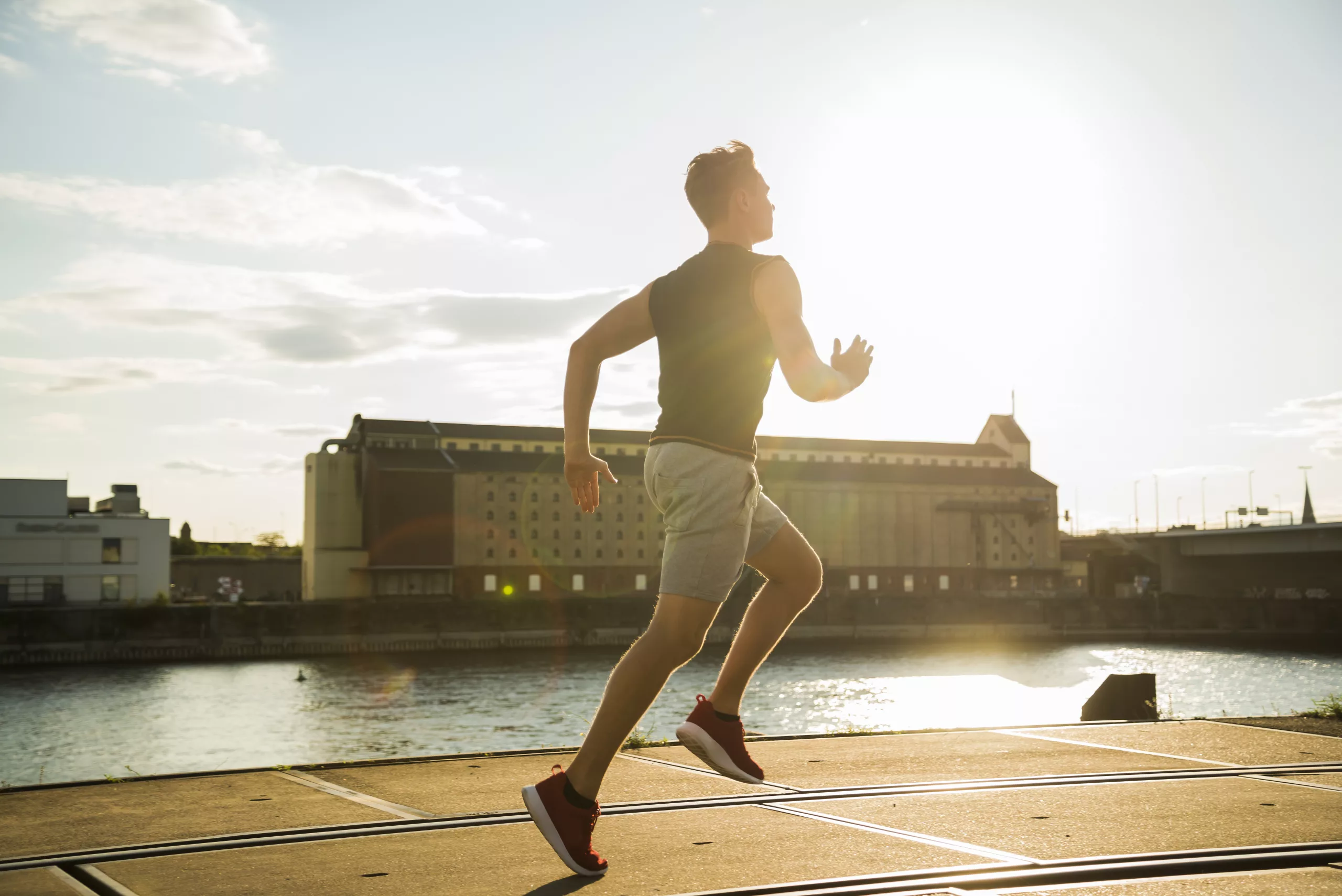
Running Economy: A Guide for Athletes
Every runner, from those enjoying a leisurely weekend jog to those prepping for a major marathon, shares a common aspiration: enhancing their running prowess. Amidst the plethora of training advice and techniques, which ones truly propel you to your best? Explore the intricacies of Running Economy and discover its pivotal role in your running journey.
What is Running Economy?
Running Economy is not just about how fast you can sprint or how long you can endure. It’s about efficiency. Specifically, Running Economy measures the volume of oxygen (VO2) consumed by a person at a particular speed. Think of it as the fuel efficiency of a car; it’s a reflection of the energy required by a person to run at a constant submaximal speed.
But here’s the catch: two runners with a similar VO2max can differ substantially in how economically they run. If you’re curious or unfamiliar about VO2max and its significance, be sure to check out our previous blog post on the topic. This difference can be attributed to various factors, including a person’s physiology, anthropometry, biomechanics, and several training factors.
Why does Running Economy matter?
Imagine two runners competing in a marathon. Both have a similar VO2max, but one is more economical than the other. The more economical runner is able to expend less energy at the same speed. This means that throughout the race, if they maintained the same speed, the more economical runner would be conserving energy, giving them an advantage as the race goes on.
Running Economy is not just a fancy term; it’s a crucial indicator for running performance. Especially in runners with a similar VO2max and %VO2max at anaerobic threshold, Running Economy can reveal who is using energy more efficiently.
How can you improve Running Economy?
Training for runners is a journey. After consistently training for around 6 months, a person can see a substantial improvement in their VO2max. However, there’s a catch: they might hit their genetic ceiling for VO2max. So, what’s next?
Once this point is reached, the focus shifts. Improvements to %VO2max at anaerobic threshold and Running Economy become the game-changers. The good news? Running Economy has a vast capacity for improvement, even after you’ve maxed out your VO2max potential.
Here are some strategies to enhance your Running Economy
- High-Intensity Interval Training (HIIT): This involves running hard for a short duration, resting for an equal or slightly longer period, and then repeating. The key is to train intervals at or very near maximal intensity.
- Uphill Intervals: Similar to HIIT, hill sprints involve short work periods running uphill followed by periods of absolute or active rest.
- Resistance and Plyometric Training: Incorporating resistance and plyometric training can lead to improvements in Running Economy regardless of experience level.
Conclusion
For runners keen on refining their skills and deepening their understanding, Connect Physiotherapy & Exercise in Edmonton is your next stop. Consider our running training services today to collaborate with our seasoned strength and conditioning coaches to elevate your running game.
Additionally, stay tuned for our upcoming article that delves deeper into advanced running techniques and the latest training insights.

